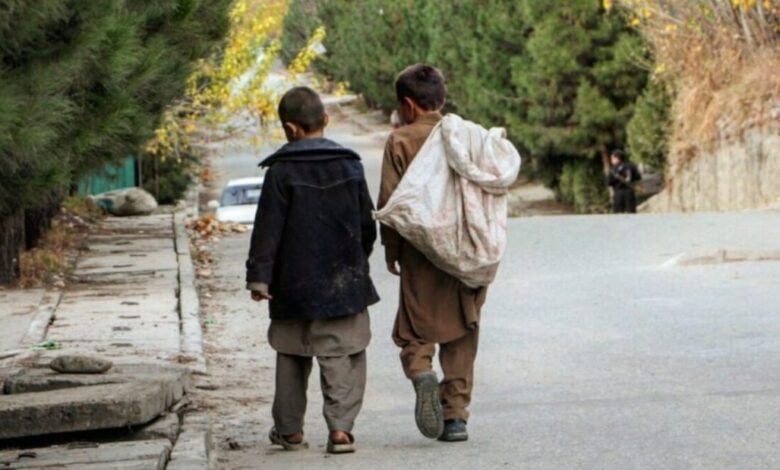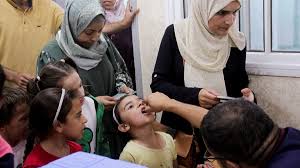UNICEF launches nationwide nutrition campaign to tackle alarming child food poverty in Afghanistan

UNICEF launches nationwide nutrition campaign to tackle alarming child food poverty in Afghanistan
—————————————–
UNICEF has launched a major new initiative, First Foods Afghanistan, to combat severe child malnutrition affecting nearly half of Afghanistan’s children, Amu TV reported. Backed by the British government, the program will run from 2025 to 2028 and aims to tackle the country’s growing nutritional crisis through local food systems, education, and community engagement.
Afghanistan faces alarming malnutrition rates, with over 3.5 million children expected to suffer acute malnutrition this year. Nearly half of children under five are stunted, and more than 50 percent of children aged 6–23 months consume only one or two food groups daily, far below the recommended five.
Rather than focusing solely on medical treatment, First Foods Afghanistan adopts a systems-based, food-first approach. It targets five key areas: food, health, social protection, water and sanitation, and community networks. UNICEF will collaborate with local producers, mothers’ groups, religious leaders, and international partners such as the World Bank, WFP, and WHO to enhance the availability and affordability of nutritious, locally produced foods, including fortified grains and proteins.
The initiative plans to scale up production of therapeutic foods like Ready-to-Use Therapeutic Foods (RUTFs), distribute micronutrient powders, and train 10,000 nutrition counselors and community health volunteers. Empowering women and caregivers through education on nutrition and affordable meal preparation is central to the effort.
First Foods Afghanistan also addresses climate challenges by promoting climate-resilient agriculture and sustainable diets, critical given Afghanistan’s frequent droughts and floods. The program aims to reach 1.7 million children and 300,000 households across all provinces, building long-term resilience against food poverty.






